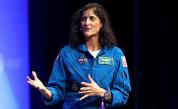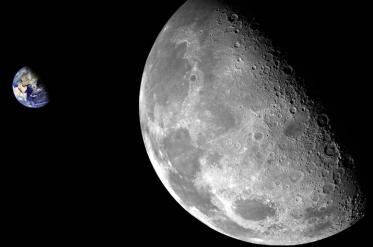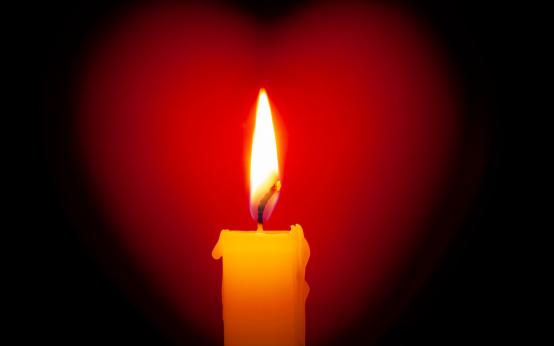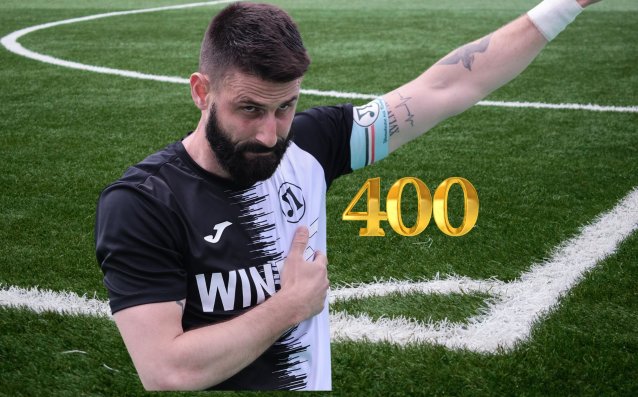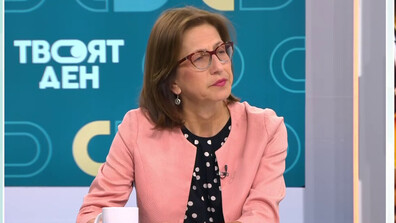Н ай-красивият профил в „Инстаграм“ не е на Емили Ратайковски или на Кендъл Дженър. Колкото и красотата да е субективно понятие, има факти, пред които всички мълчат.
Оставете всичко, което правите (освен ако не сте хирург) и разгледайте профила в социалната мрежа на НАСА.
Звезда-зомби не спира да експлодира вече 50 години
Там можете да видите красиви фотоси от открития космос, визуални разработки на различни артисти и видеа от космическите станции.
РАЗГЛЕДАЙТЕ ОЩЕ СНИМКИ ОТ КОСМОСА В ГАЛЕРИЯТА НИ
Да не пропускаме колко интересна информация можем да намерим. Все пак, клишето, че в интернет е пълно с безполезни неща, може и да не се окаже вярно.
Да видим междугалактическият гост, който ни посети:
Или как изглеждат бурите на Юпитер:
А това е кратка анимация на тема "Как изглежда един неутронен взрив"
Round and round they go - then BOOM! This animation begins with the final moments of two neutron stars (the super-dense cores of exploded massive stars), whirling around each other in a galaxy 130 million light-years away. Gravitational waves (rippling disturbance in space-time, shown here as pale arcs) bleed away orbital energy, causing the stars to move closer together and merge. As the stars collide, this explosive event emits light across a series of different wavelengths - first gamma rays (magenta), then ultraviolet (violet), then visible and infrared (blue-white to red) and once the jet directed toward us expanded into our view from Earth, X-rays (blue). Our Fermi Gamma-Ray Space Telescope witnessed this event on August 17, 2017 and we watched it unfold over multiple days with a variety of other telescopes, including the Swift spacecraft, the Hubble Space Telescope (@NASAHubble), the Spitzer Space Telescope, our Chandra X-Ray Observatory (@NASAChandraXray) and our NuSTAR mission. The detectors at the Laser Interferometer Gravitational-Wave Observatory (LIGO) received a gravitational wave signal just 1.7 seconds before the first light was seen by Fermi, making this the first event observed in both light and gravitational waves. Credit: @NASAGoddard/CI Lab #space #nasa #universe #galaxy #stars #astrophysics #astronomy #science #gammarays #ultraviolet #infrared #xrays #gravitationalwaves #neutronstars #hubble #chandra #spitzer #nustar #fermi #swift
A post shared by NASA (@nasa) on Oct 16, 2017 at 11:08am PDT
Този профил определено ни убеждава, че космосът и нашата планета са най-красивите гледки, на които можем да се насладим.
Следете ни навсякъде и по всяко време с мобилното приложение на Vesti.bg. Можете да го изтеглите от Google Play и AppStore .
За още новини харесайте страницата ни във Facebook ТУК .








